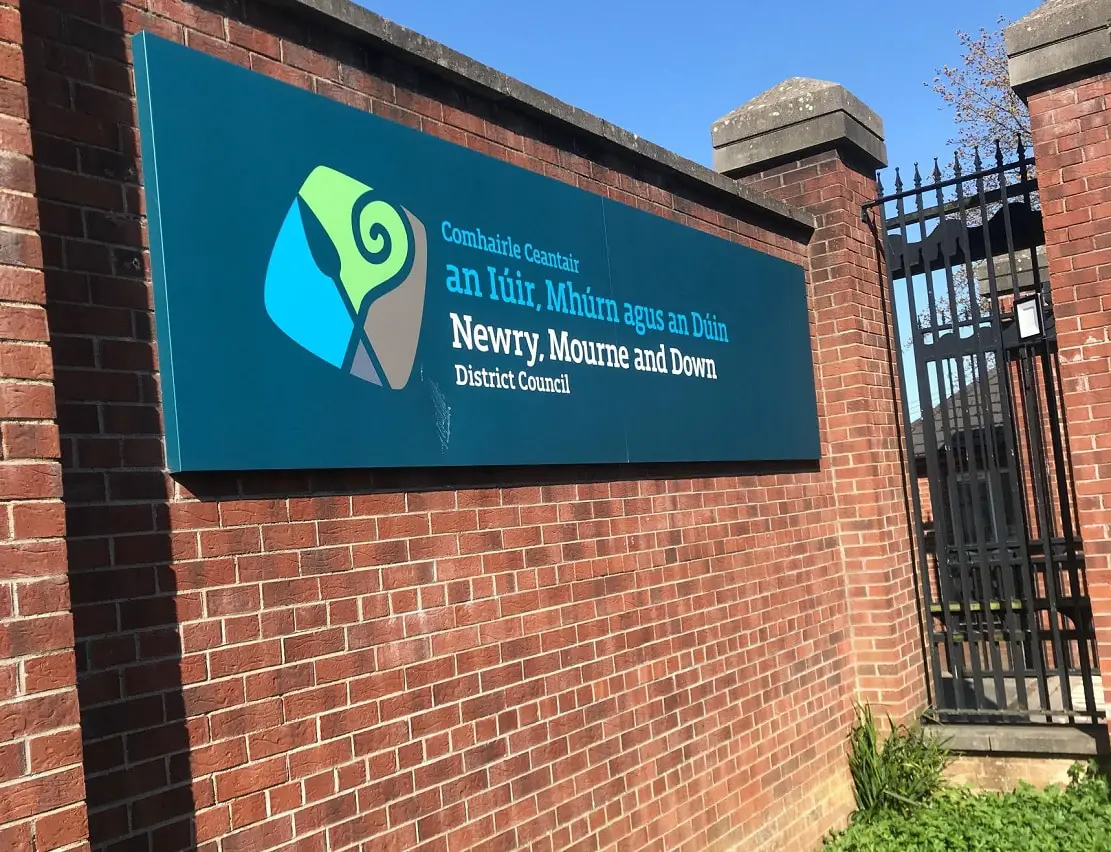
Newry, Mourne and Down (NMDDC) has the biggest council borrowing debt in Northern Ireland.
UK wide finances of 382 local authorities have been revealed today (Aug 26) in a BBC Shared Data Unit report (Aug 26) through the Local Democracy Reporting Service (LDRS).
The statistics show NMDDC was the only NI council to increase its debt on the previous year from almost £60.3m ( end of Q4 2023-24 ) to close to £68.3m (end of Q4 2024-25).
A NMDDC spokesperson said: “The council has agreed the capital expenditure plans over the medium to long term, this includes the delivery of the Newry City Centre Regeneration programme.”
The local authority has been in the midst of a number of major developments including plans to build a new theatre, civic centre and city centre public park with an overall estimated £60m price tag.
However, the council is financially supported for part of the projects including funds from the Belfast Region City Deal and the Department for Infrastructure.
The total NI borrowing debt for councils (Q4 2024-25) is just over £410.7m.
Individual council comparison for the same period shows (2nd highest) Ards and North Down £62.7m- to- £58.2m and (3rd) Antrim and Newtownabbey £54m -to -£50.1m.
The lowest is Mid-Ulster £3.4m- to-£3.1m. And Belfast (7th) sits at £38.5m down to £33.1m.
Birmingham City Council has the highest level of gross loan debt in the UK at £3,352.5m as of 31 March 2025.
NMDDC further states that its borrowing debt has actually decreased in recent years, adding: “Council borrowing as per the financial statements has reduced from £74.1m on 31 March 2021 to £68.4m on 31 March 2025 while delivering significant capital investment.
“Over the last four financial years 2021/22 to 2024/25, the council has invested £57.2 million of capital of which £20.9m was in the 2024/25 year.
“This investment includes; new refuse and grounds maintenance vehicles, financial assistance to support community projects/programmes, development/upgrade of play parks throughout the district, upgrades at Monkshill Cemetery, improvements to Newcastle public convenience and changing facilities, significant upgrades to walking trails throughout the district (including Kilbroney Forest Park), the upgrading of the Warrenpoint Foreshore, Castlewellan Forest Park, the Small Towns Programme across the District, the Carlingford Lough Greenway project and the refurbishment of Ballynahinch Community Centre.”
The BBC Shared Data Unit investigation shows councils in the UK added £7.8bn to their growing debt pile in the space of a year.
Each individual UK nation has seen a rise in overall debt levels except for Northern Ireland, which managed to reduce its overall debt by around £3million.
Analysis of data from the Ministry of Housing, Communities and Local Government (MHCLG) shows UK councils owe a combined £122.2bn to lenders, equivalent to £1,791 per resident, as of April 2025. That is up seven per cent from a total of £114.5bn, the equivalent of £1,677 per resident, a year ago.
The recent rise in UK wide council debt is being partly driven by a near tripling of short-term lending from central government, which in some cases is being used to paper over holes in some council revenue budgets rather than pay for investments and town centre improvements.
Experts including Jonathan Carr-West of the Local Government Information Unit (LGIU) has alluded to concerns of councils “papering over the cracks”.
He said: “That is not a sustainable system. As one local government finance officer said to me, it’s essentially payday loans for local governments.
“I don’t think the government would say that’s it’s long-term ambition. They would say that is what we have had to do to paper over the cracks while we introduce a new funding system for local government.
“For me, the key question we need to look at is not necessarily the council’s overall level of debt, but its ability to pay back that debt and how that compares to the level of revenue those assets are bringing in.
“I think the reason that councils are in financial trouble is because we have systemically underfunded local government for the past 15 years, we’ve created a system in which there is not enough money in the sector and in which councils have become reliant on their own ability to generate money, whether through local taxes or through return on investment.”
He added:”We’re now seeing the selling off of assets and once they’re gone, they’re gone. So that was public value that is now passing into private hands and that won’t come back now.
“Maybe the situation is so desperate that they do need to do that in order to keep their heads afloat. But again it’s not a long term way to to think about public funding, public services and generating public value.
“It’s a short term fix with very long-lasting implications.”






